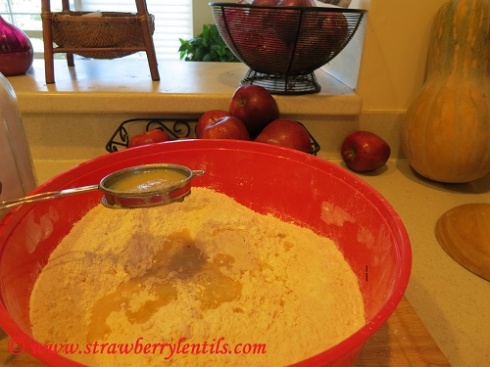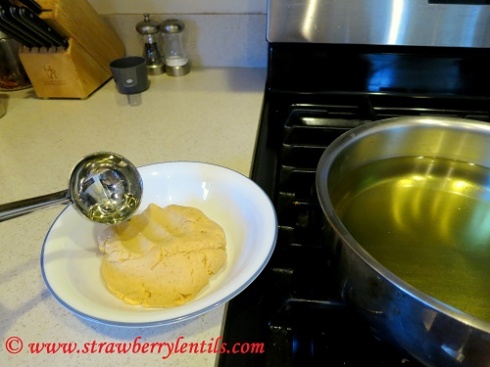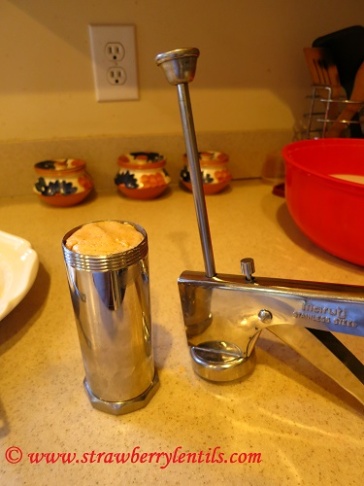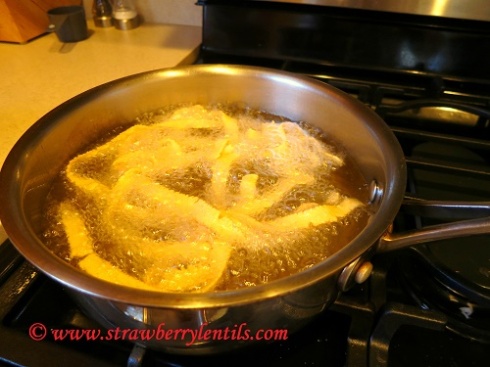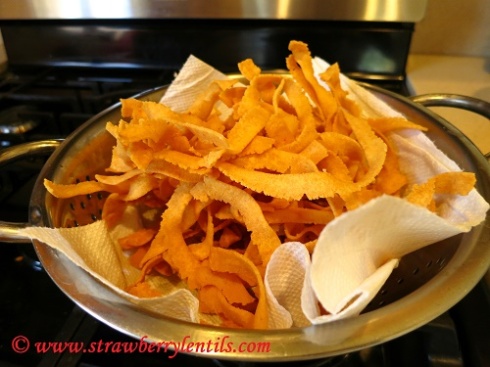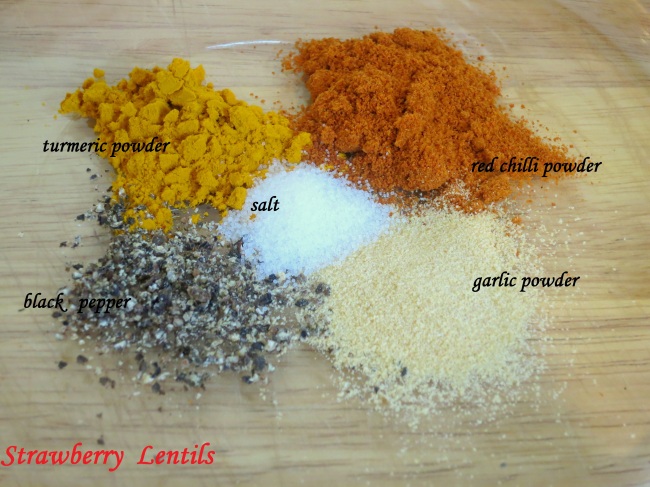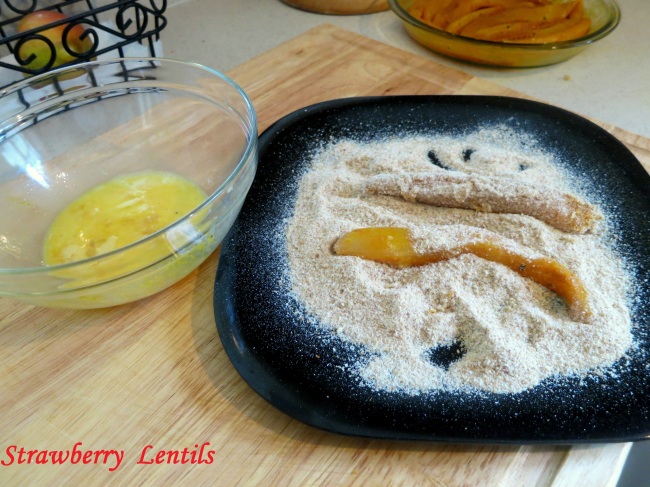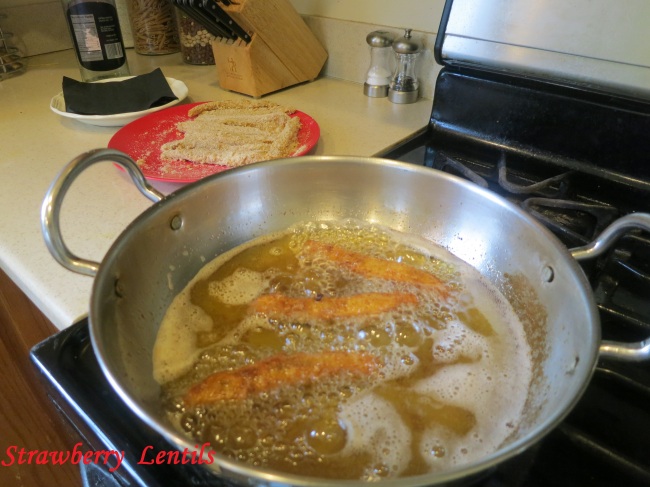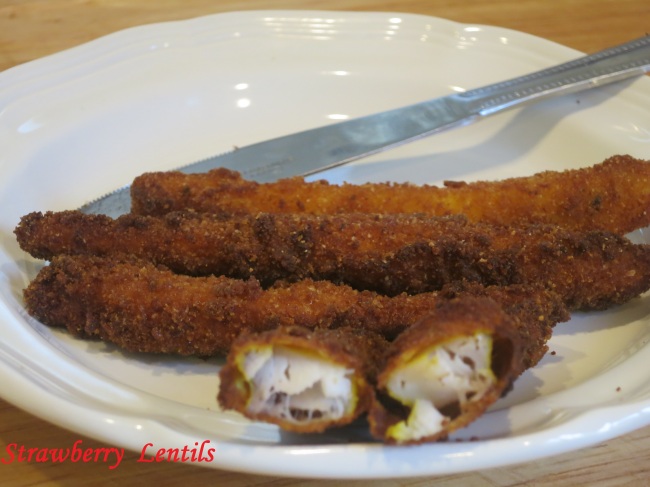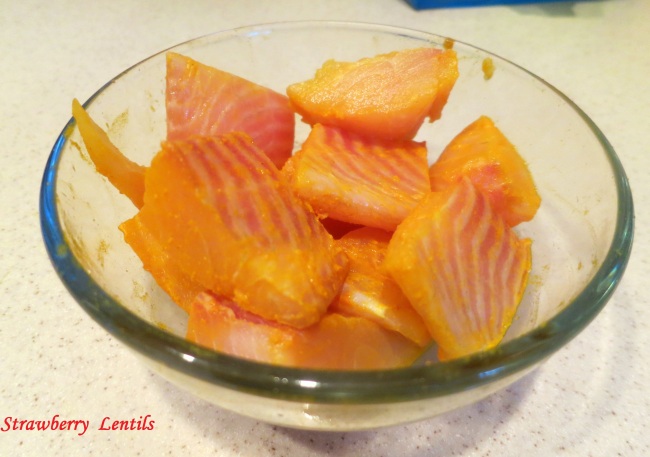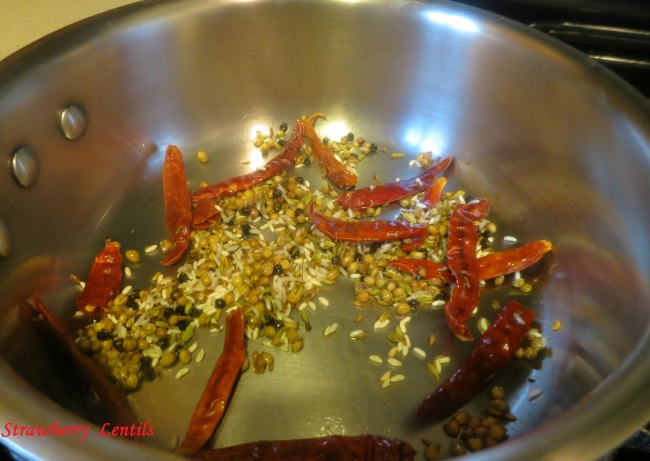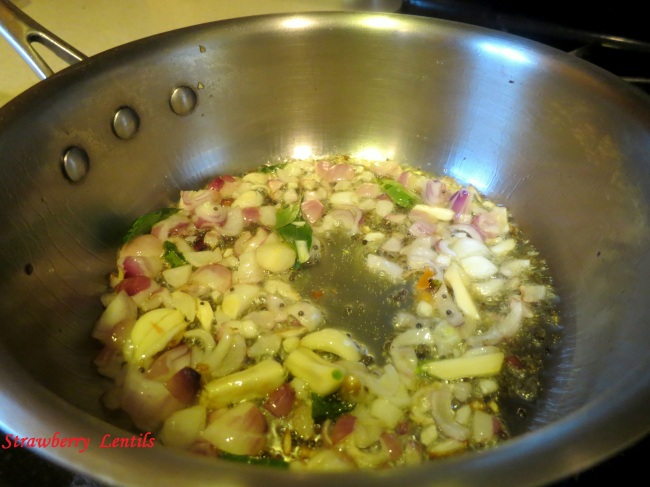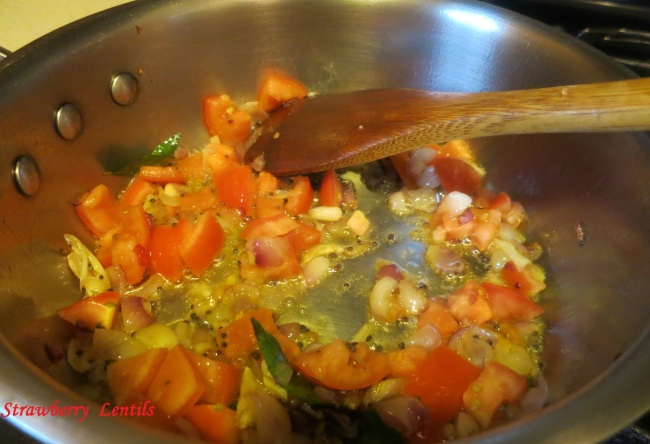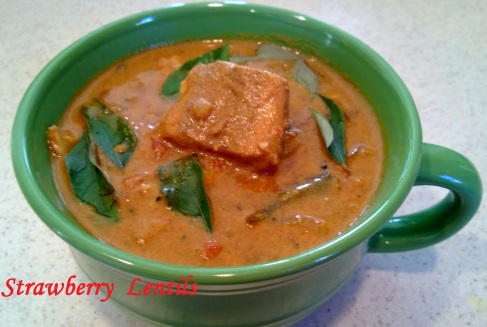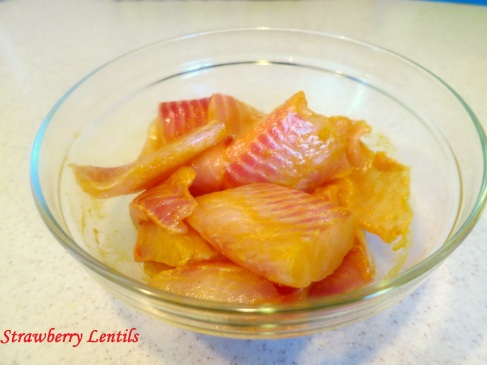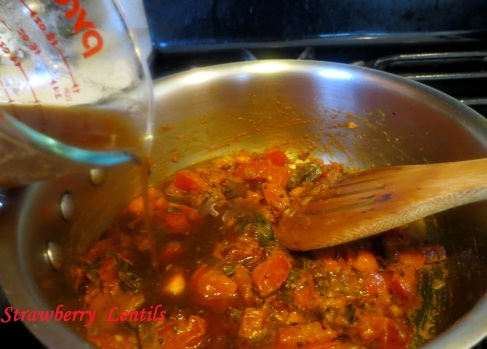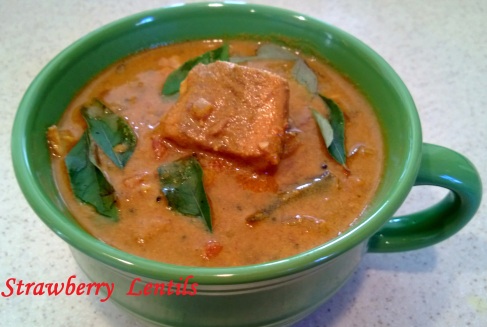Hardly had any time to recover from Halloween and here is Diwali. For us, it comes a day early, Diwali is tomorrow (Saturday). I wasn’t going to post any Diwali recipes, simply because I had to whip out six treats in a day and taking pictures for posting a recipe kind of seemed impossible. However, I promised a friend that I would post ribbon pakoda recipe, so here it is.
Ribbon Pakodas are deep fried savory snack, usually made during Diwali. Always a huge hit with kids, loved equally by adults too. My aunt makes the best ribbon pakodas I have ever eaten, but also she grinds everything from scratch (soaking rice and all). This is a modification of her recipe, an attempt to reciprocate all the flavors without taking much trouble 🙂
You will need :
- Rice flour – 3 cups
- Besan / gram flour / Garbanzo flour – 1 cup
- Red chilli powder – 3 tsp
- Garam masala – 1 tsp
- Ginger Garlic paste – 3 tsp
- Salt – 4 tsp
- Asafoetida – 1/2 tsp
- Water (to make dough)
- Oil (to fry)
- Ghee /Melted butter – 1 tbsp
- Mix rice flour, besan, salt, red chilli powder and garam masala.
- Dilute ginger garlic paste with water and add asafoetida to this water.
- Filter this mixture and add just the liquid to the flour mix. Mix the liquid in the flour evenly.
- Add 1 tbsp of melted butter or melted ghee to the flour and mix well.
- Now add enough water to the flour and knead it to a dough (like chappathi dough). We will be working with the dough only in batches, so cover it with a wet towel or wet paper towel until needed.
- This is the “Murukku” press, similar to a cookie press. To make ribbon pakodas, use the disc shown in the picture below.
- Heat oil in a pot for frying the pakodas. Take a portion of the dough and pour a tablespoon of hot oil on it and knead well. This helps a lot in making the pakodas crispier.
- Load the dough into the press.
- Press the dough directly into the hot oil.
- Cook until the sizzle calms down. Drain the pakodas on a paper towel.
- Repeat the steps until all the dough is used. Remember to knead hot oil into the dough right before loading it in the press every time.
The recipe in itself is very simple. Here are some debugging tips that may be useful, if you are trying this for the first time.
- If the pakodas come out hard, there is not enough fat in the dough, so add some melted butter or ghee to the dough.
- If the pakodas suck up lots of oil, there is more water in the dough, so add more flour.
- If it is too hard to press out the pakodas, the dough is too tight, so add more water.
- If the pakodas lose shape in oil, the dough is loose, so add more flour.
- Constantly adjust heat. If the oil is smoking, reduce the heat. If oil is foaming up on the surface increase the heat.
- As soon as you make the first batch of pakodas, taste them to check salt and crunchiness and make changes accordingly.
These tips hold good for all types of Murukkus/Chaklis.
Wishing you all a wonderful Diwali !!
Related articles
- Diwali Murukku (mysouthernflavours.wordpress.com)
- Diwali Murruku: (mysouthernflavours.wordpress.com)


